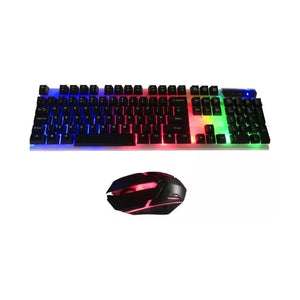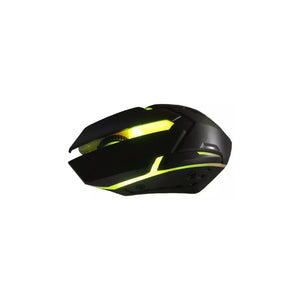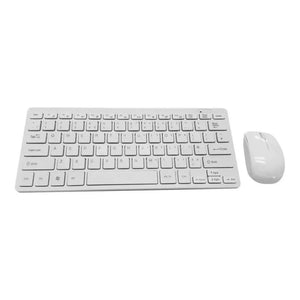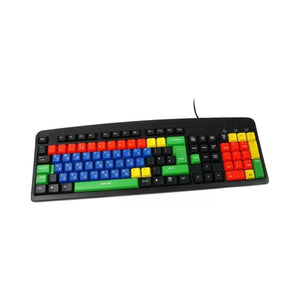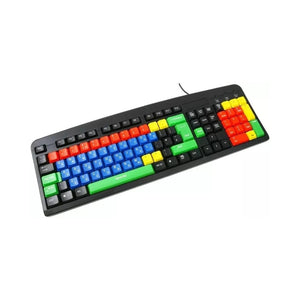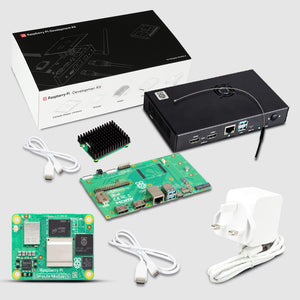Twenty years ago, Henry Evans experienced a brain-stem stroke that left him quadriplegic and paralyzed. He can move his head, but he is unable to control the rest of his body, with the exception of a tiny bit of movement in his left thumb. Researchers at Carnegie Mellon University's School of Computer Science created a motion control interface that enables Evans to operate a mobile robot and manipulator, giving him more freedom to live an autonomous life.

The Hello Robot Stretch model can move around a house on its movable base, interact with items with its arm and gripper, and project a live image via two cameras on its head and gripper. However, Evans's quadriplegia prevents him from operating this telepresence robot in any way. The SCS team stepped in at this point.
They developed a head-worn motion control interface with an HC-05 Bluetooth module, a Bosch BNO055 IMU, and an Arduino Nano board. Using the IMU to track Evans' head movements, the Arduino then uses Bluetooth to communicate movement orders for the cursor to the PC running the Stretch robot's software. Evans can then utilize the restricted movement of his left thumb to click a mouse button after being able to move the pointer on the screen.
Evans effectively completed a number of household chores with this technique throughout the course of a week-long trial period. He could even use the robot to change the curtains on his bedroom window and pick up tissues to put to his face. With the use of clever "Drivers Assistance" software, the robot can do semi-autonomous activities that would have been challenging for Evans to perform manually.
Although the Stretch robot costs around $25,000, the Head-worn Assistive Teleoperation (HAT) control interface is reasonably priced. Even though this is only a prototype, a tool like this might be very beneficial to the large number of individuals worldwide who suffer from quadriplegia and other disorders that impair motor function.


